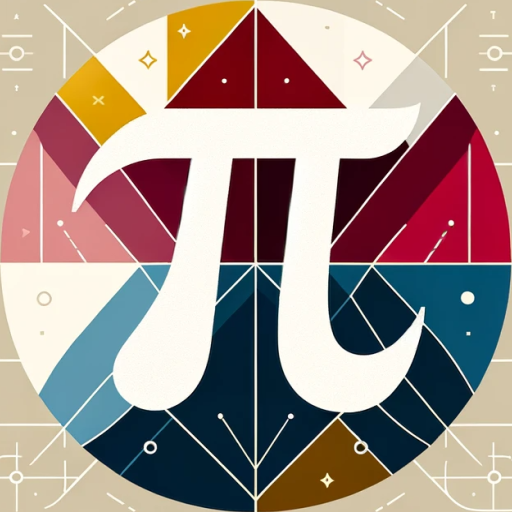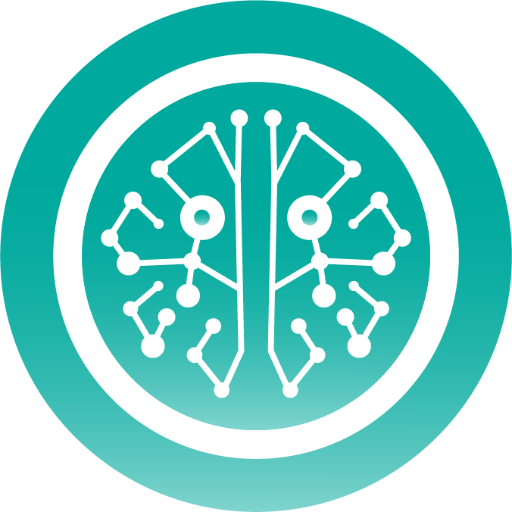Math to LaTeX-AI Math to LaTeX Converter
AI-powered LaTeX generation from math.
Send me an image of Math. I will give you the LaTeX code.
Upload a math image
Show me a math formula
Need LaTeX code for this math
Convert this math to LaTeX
Related Tools
Load More
Math
Solve math problems in different languages with step-by-step solution.

math
Solve Advance Math questions with Concepts & Steps using Image or Text. Previously Math Expert.

LaTeX Helper
A precise LaTeX assistant for academic content.

Calc
Calc: Solves calculus problems with graphs, shows symbol list

math
Official MathGPT by OpenAI Inc. The world's most powerful math tutor. Solve Advance Math questions with Concepts & Steps using Image or Text. Solve math problems in different languages with step-by-step solution.
Calculus Tutor
I help clarify calculus concepts.
20.0 / 5 (200 votes)
Introduction to Math to LaTeX
Math to LaTeX is a specialized tool designed to convert mathematical expressions from images into accurate LaTeX code. The core purpose of this service is to facilitate the transcription of complex mathematical formulas, ensuring precision and clarity in documentation and academic writing. The service is particularly useful in scenarios where mathematical content from textbooks, research papers, or handwritten notes needs to be digitized for further editing or publishing in LaTeX, a typesetting system widely used in academia for its powerful handling of mathematical notations. For example, consider a situation where a researcher needs to include a complex equation from a scanned document in a LaTeX paper. Manually transcribing the equation can be error-prone and time-consuming. Math to LaTeX automates this process by providing the exact LaTeX code for the expression, saving time and reducing the potential for errors.

Main Functions of Math to LaTeX
Image to LaTeX Code Conversion
Example
A user uploads an image of a complex integral from a textbook. Math to LaTeX analyzes the image and generates the corresponding LaTeX code: `\int_{0}^{\infty} e^{-x^2} dx`.
Scenario
This function is particularly useful for students and researchers who need to include existing mathematical content in their LaTeX documents without manually typing the entire equation.
LaTeX Code Optimization
Example
After converting a matrix image to LaTeX, the service ensures that the code is optimized for readability and efficiency, using appropriate LaTeX environments like `bmatrix` or `pmatrix`.
Scenario
Researchers preparing documents for publication may use this function to ensure that their LaTeX code is not only correct but also well-structured and optimized for publication standards.
Error Detection and Correction
Example
If an image contains ambiguous or unclear mathematical symbols, Math to LaTeX prompts the user for clarification and suggests potential corrections in the LaTeX code.
Scenario
This function is beneficial for educators and students who are learning LaTeX and need guidance on correctly formatting complex expressions. It also helps ensure accuracy in professional documents.
Ideal Users of Math to LaTeX
Academic Researchers
Researchers in mathematics, physics, engineering, and related fields frequently use LaTeX to write and publish papers. Math to LaTeX is ideal for these users because it streamlines the process of incorporating complex mathematical expressions from various sources into their LaTeX documents, ensuring precision and saving valuable time.
Students and Educators
Students learning LaTeX and educators preparing teaching materials can greatly benefit from Math to LaTeX. It simplifies the process of converting handwritten notes or textbook images into LaTeX code, making it easier to create assignments, lecture notes, and study materials with accurate mathematical formatting.

Guidelines for Using Math to LaTeX
Visit the Website
Visit aichatonline.org for a free trial without login, also no need for ChatGPT Plus.
Upload or Input Mathematical Content
Upload an image of the mathematical expression or input the formula directly into the designated area on the platform.
Generate LaTeX Code
Click the 'Generate LaTeX' button to instantly convert your mathematical content into LaTeX code. The output will be displayed in both code and rendered format.
Review and Copy the Output
Review the generated LaTeX code and its rendered version to ensure accuracy. Copy the LaTeX code for use in your academic papers, presentations, or other documents.
Refine if Necessary
If needed, make manual adjustments to the LaTeX code directly within the platform or in your document editor for any complex expressions.
Try other advanced and practical GPTs
Complete Apex Test Class Assistant
AI-powered Salesforce Apex test creation.

IB Computer Science Expert
AI-powered support for mastering IB Computer Science.

High quality AI image prompt creator & Generator
Craft Perfect AI Image Prompts Effortlessly.

Bob The BA - User Story
AI-powered User Stories for Any Project.

Node Mentor
AI-powered Web Development Assistance

Unity Helper
Optimize your game with AI insights.

Professor Synapse
Achieve Your Goals with AI Power

G Ads Script Builder by Taskforce Agency
AI-powered Google Ads automation tool

Geopolitics GPT
Navigate global dynamics with AI precision.

PDF Translator
AI-Powered PDF Translation

Designer GPT
AI-driven creativity for your content

Course Content Developer GPT
AI-Powered Course Content Development.

- Academic Writing
- Homework Help
- Research Papers
- Presentation Slides
- Publishing
Frequently Asked Questions about Math to LaTeX
What types of mathematical expressions can Math to LaTeX handle?
Math to LaTeX can handle a wide range of mathematical expressions, including algebraic equations, calculus notations, matrices, and complex integrals. It is designed to recognize and accurately convert most standard mathematical symbols and structures.
Is Math to LaTeX suitable for advanced mathematical research?
Yes, Math to LaTeX is highly suitable for advanced mathematical research. It provides precise LaTeX code for complex equations, making it an ideal tool for researchers, professors, and students working on high-level mathematical content.
Do I need prior experience with LaTeX to use this tool?
No, prior experience with LaTeX is not necessary. Math to LaTeX is user-friendly and designed for individuals at all levels, from beginners to experts. It simplifies the process by generating LaTeX code for you.
Can Math to LaTeX be used for non-English mathematical content?
Yes, Math to LaTeX supports LaTeX code generation for mathematical content in various languages, as long as the symbols and structures are standard in the LaTeX system.
Is the generated LaTeX code customizable?
Absolutely. While Math to LaTeX provides accurate and ready-to-use LaTeX code, users can further customize the code to fit specific formatting requirements or preferences within their LaTeX editor.